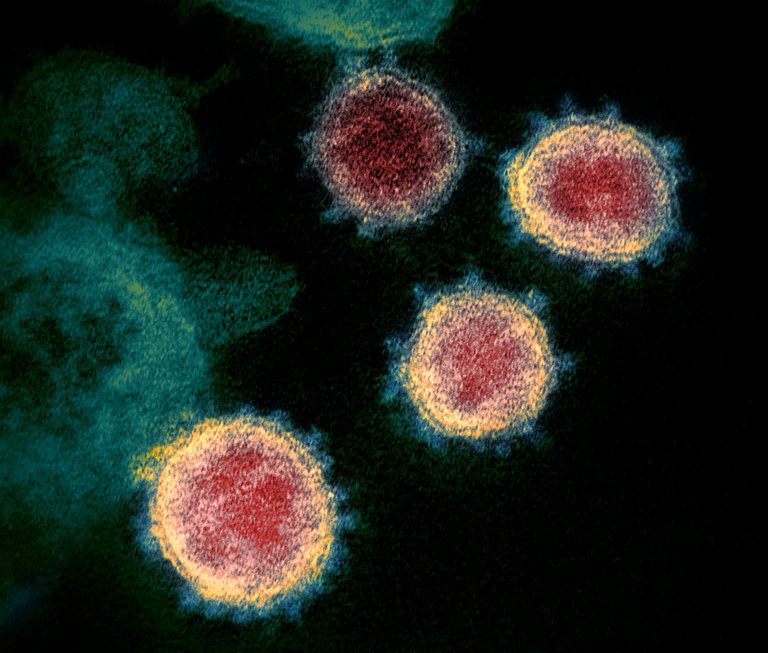SARS-CoV-2 streaming media increasingly known

To understand the spread of the plague, it is essential to know the transmission of SARS-CoV-2. Numerous scientific studies have been published in this regard, and in an article published in the journal Science there has been an intense debate on the importance of each means of transmission, the role of asymptomatic and presintomatic, the capacity of each age group to transmit the virus, etc.
All this debate can give the impression that there are great uncertainties, but the authors of the article affirm that the base of the transmission is well known and that it offers a support to understand the new information that is being generated.
It is clarified that most infections, 46-66%, take place in homes and residences. In fact, most people live with other people and spend a lot of time in these spaces with a close contact. Although there are many factors that influence, such as the dimensions and customs of housing, the transmission is more frequent in the couple in general (twice as often as in the case of adults living in the same place), in which they have symptoms and, in the case of the elderly, if they live with those of the younger generation. In addition to home, the transmission is very simple in prisons, senior citizens' residences and host houses for migrants, etc.
Although most infections occur in these cases, researchers have highlighted that community transmission is critical to the survival of the epidemic. It is generated from very varied interactions and is driven mainly by two types of phenomena: superpollutants (a single infected contaminates many people) and amplifications (schools, meat processing plants and churches). They have also been described in other diseases such as measles or flu. In the SARS-CoV-2 virus it is estimated that 10% of the infected generate 80% of the contaminations.
In addition, they warn that if the transmission is very widespread, the general measures are not as effective as expected. On the contrary, specific measures aimed at superpolluting episodes can have very good results.
Globally, phylogenetic studies of the virus have shown that long-distance travel facilitates the introduction of the virus and its elimination in the sites obtained. The travel ban has yielded good results, as in China.
However, it has been recognized that some aspects are still unknown: the effect of immunity, the seasons of the year, the heterogeneity of the population… According to the researchers, as clarified, it will be better known how the plague extends and how to combat it.
Buletina
Bidali zure helbide elektronikoa eta jaso asteroko buletina zure sarrera-ontzian











